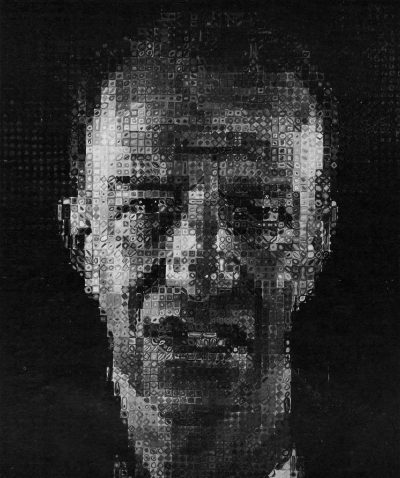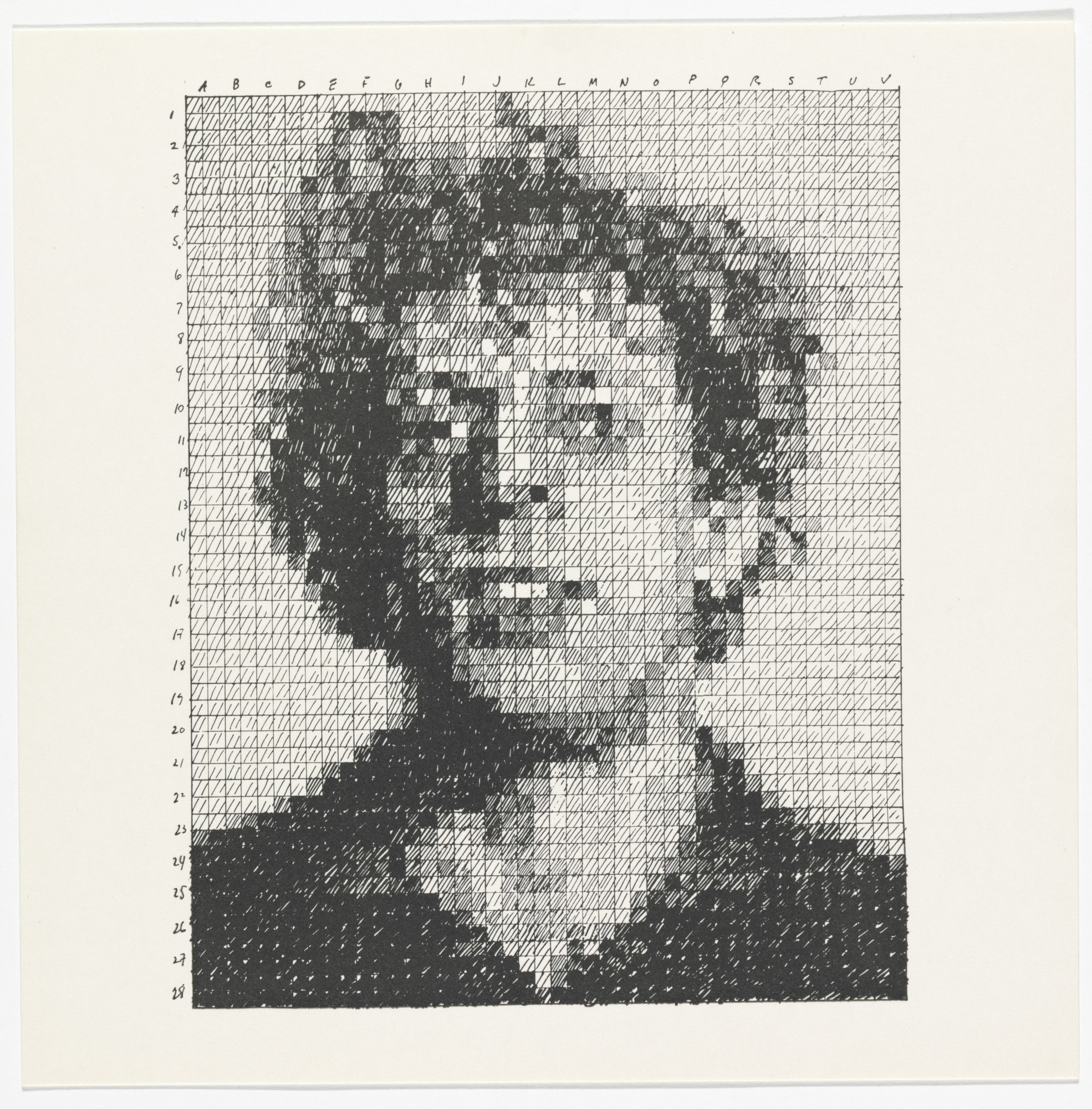
- KARA 1 CHUCK CLOSE DIGITAL TECHNIQUES SERIAL
- KARA 1 CHUCK CLOSE DIGITAL TECHNIQUES PROFESSIONAL
- KARA 1 CHUCK CLOSE DIGITAL TECHNIQUES SERIES
The felt hand stamp prints are a completely new process for creating multiples engineered by the artist.
KARA 1 CHUCK CLOSE DIGITAL TECHNIQUES SERIES
Only the antiseptic whiteness of the canvas hints at a new approach to the figure that might perfectly marry an instant, unforgiving photographic record of a subject with the artist's reconsideration of its every component over months of studied, methodical transcription.Pace Prints is pleased to present a series of new felt hand stamp editions by Chuck Close. Poised precariously between a common studio exercise in figure drawing and a 1960s girlie magazine shoot, "Big Nude" also challenges the future of representational painting at a moment in history when the genre would seem to have long ago exhausted its potential for future development. Although the transferred image "reads" as a flat transcription of light and dark characteristic of a photograph, the painting's variegated brushstrokes reveal Big Nude to be more of a prototype for future development than a fully resolved picture.

"Big Nude" is the first painting completed in Close's signature grid process, and both its size and self-conscious title indicate its ambitious nature. Close's slow, accumulative processes, which enlist numerous abstract color applications in the service of producing "realistic," or illusory portraits, most recently finds application in the art of modern tapestry via a highly illusionistic, computer-aided method of industrial weaving that Close favors for its ability to suggest the hyper-real appearance of 19 th century glass photographs(daguerreotypes).This is partly why Close's practice of portrait painting has for over forty years remained surprisingly "contemporary," even while the larger movement of Photorealism, his earliest chosen stylistic idiom, has long receded into history.

Shifting confidently from one to the other, Close suggests that his conceptual intentions are ultimately timeless, whereas his tools or materials are infinitely interchangeable.
KARA 1 CHUCK CLOSE DIGITAL TECHNIQUES SERIAL
Close's dependence on the grid as a metaphor for his analytical processes, which suggest that the "whole" is rarely more (or less) than the sum of its parts, is a conceptual equivalent for the camera's analytical, serial approach to any given subject.Photorealist painting of the 1970s celebrated the glossy, mirror-like "look" of the photograph, but after achieving that ideal, Close swiftly turned to portraiture, suggesting it as a means for exploring unsettling aspects of how self identity is always a composite and highly constructed, if not ultimately conflicted fiction.
KARA 1 CHUCK CLOSE DIGITAL TECHNIQUES PROFESSIONAL
In addition, Close's personal struggles with dyslexia and subsequently, partial paralysis, have suggested real-life parallels to his professional discipline, as though his methodical and yet also quite intuitive methods of painting are inseparable from his own daily reckoning with the body's own vulnerable, material condition. Close emerged from the 1970s painting movement of Photorealism, also known as Super-Realism, but then moved well beyond its initially hyper-attentive rendering of a given subject to explore how methodical, system-driven portrait painting based on photography's underlying processes (over its superficial visual appearances) could suggest a wide range of artistic and philosophical concepts.


Chuck Close is globally renowned for reinvigorating the art of portrait painting from the late 1960s to the present day, an era when photography had been challenging painting's former dominance in this area, and succeeding in steadily gaining critical appreciation as an artistic medium in its own right.


 0 kommentar(er)
0 kommentar(er)
